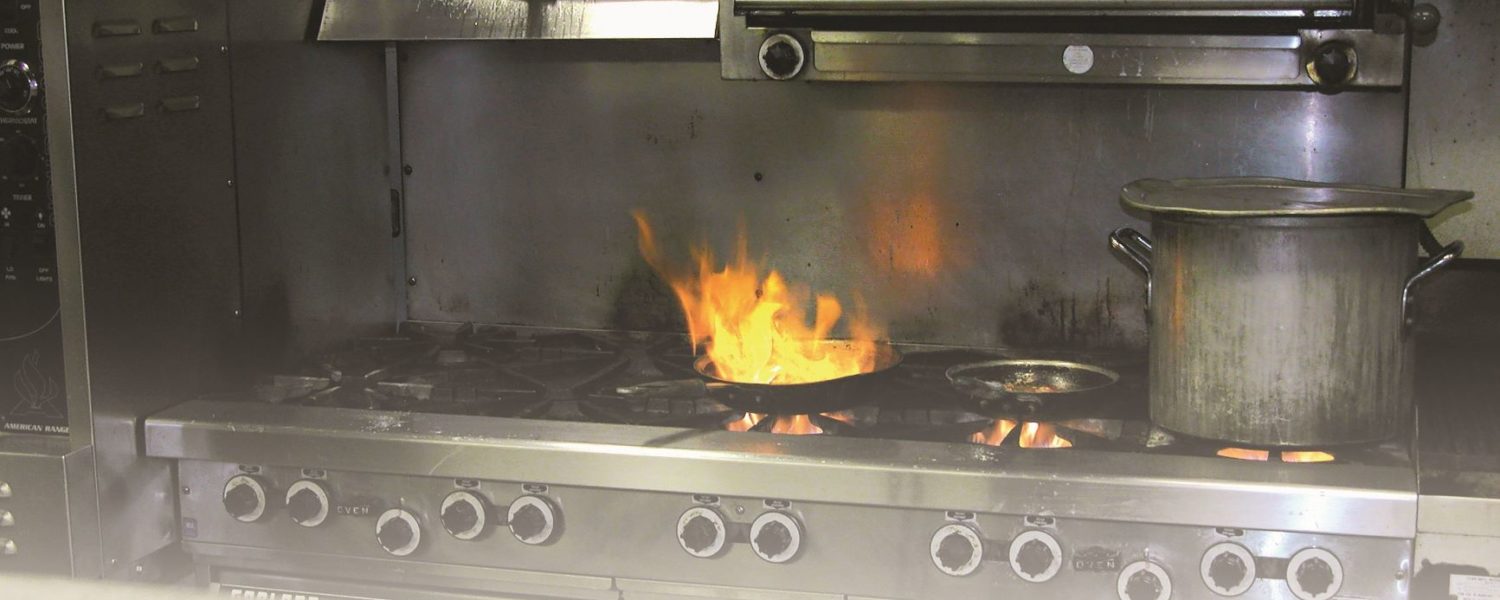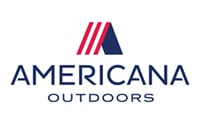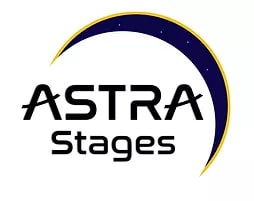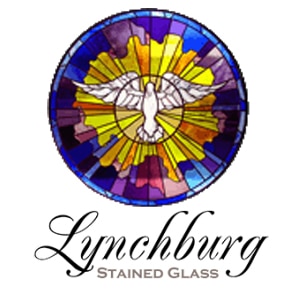This article originally appeared in the March 2005 issue.
By Frank Leadley
Frank Leadley is a food facilities consultant.
If you need to feed large groups of people, what could be better then outfitting your church kitchen with restaurant-quality cooking equipment? The fact that you can have 35,000 BTU (British Thermal Units) burners in lieu of a residential range with only 12,000 BTUs and commercial ovens twice the size of home units, what could be more efficient?
There is more to a commercial kitchen then just restaurant-type equipment, though. When a kitchen is rated for commercial use, there many other code requirements that you will need to follow. Examples being that the flooring has to have a 6-inch continuous cove up the walls, all of your light fixtures have to be shatterproof, and the ceiling and walls need to be smooth, washable surfaces (no cork ceilings). The most popular wall material used is FRP; however, epoxy paint or tile can also be used.
There are other health code requirements like “dedicated” sinks for food preparation, dish washing, mops and hand washing. Hand sinks are required to be in visual sight of the dish room and kitchen areas. Always check with your local city or county health department for a list of code requirements. I always recommend a preliminary walk-through with the local health inspector before and/or during construction of the kitchen.
When designing a commercial kitchen, there are two things you can never have enough of: refrigeration and storage. Whatever you have, you will use. Your biggest single cost will probably be your exhaust hood. A rule of thumb is $1,000 per linear foot. That would include the hood, exhaust and supply air fans, ducting, fire shaft, permits and fire suppression system.
Here is a list of the most common equipment you will find in a small commercial kitchen:
- Convection ovens
- Range with open burners, griddle top and ovens below
- Fryer
- Warming and holding cabinets
- Beverage dispensers (coffee, tea, water, etc.)
- Refrigerator and freezer (either reach-in or walk-in types)
- Work tables
- Pot and pan sink
- Dishwasher with soil and clean tables
- Preparation sink
- Hand sinks
- Mop sink
- Storage shelving
- Serving counters
Some kitchens will have steamers, tilt skillets, combi-ovens and other high-tech equipment; however, because in a church application, there are usually volunteers who are working in the kitchen, simple is always better!
Always remember food safety when serving mass amounts of people. Cold food should be below 40 degrees, and hot food should be above 140 degrees. I also recommend that at least two of the kitchen staff take a local food safe-handling course, which is usually sponsored by the city through the local health department.



















